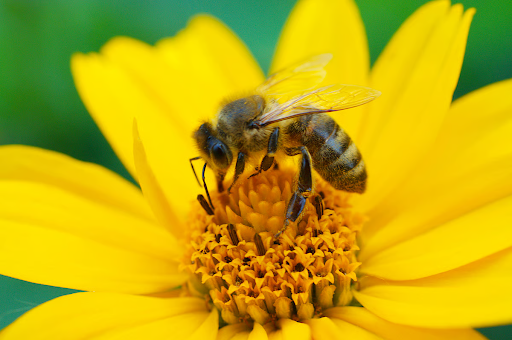





Disclaimer: Copyright infringement is not intended.
A rice variety PUSA-2090 can address farm fires due to PUSA-44 in Punjab and Haryana.
|
About |
It is a variety of high-yielding rice in India. |
|
Cropping in season |
The Pusa-44 paddy, transplanted in mid-June after nursery sowing a month before, can be harvested only towards the end of October. |
|
Development |
Pusa-44 was developed by the Indian Agricultural Research Institute (IARI), which is based in New Delhi. |
|
Introduction |
This variety was introduced for large-scale cultivation in 1993 and has since gained widespread popularity among farmers, particularly in the Punjab region. |
|
Growth duration |
The growth duration of Pusa-44 is approximately 155 to 160 days from the time of sowing until harvesting. |
|
Yield potential |
Pusa-44 is known for its large yield and produces between 35 and 36 quintals per acre. In some cases, farmers have reported yields which are as high as 40 quintals. This yield is notably higher than other varieties such as PR-126, which produces about 30 to 32 quintals but has a shorter maturation period of 123 to 125 days. |
|
Economic viability |
The increased yield associated with Pusa-44 offers significant financial benefits, amounting to approximately ₹9,280 to ₹11,600 per acre. |
|
Issues in the cultivation of this Rice |
It takes longer to grow and requires more water. Due to their long maturity period, farmers in Punjab and Haryana generally have a small window between harvesting PUSA-44 and sowing the next crop. This leads to farmers resorting to stubble burning to clear the farms. High water requirement makes it water intensive which results in groundwater depletion in Punjab and Haryana region where water depletion has reached the critical levels. |
|
About |
It is the variety of rice seen as an alternative to PUSA-44. This variety aims to reduce stubble burning and improve water efficiency by requiring fewer irrigations. |
|
Maturity and Yield potential |
It matures faster (120-125 days) while maintaining comparable yields as that of PUSA-44 (34-35 quintals per acre). |
|
Development |
IARI has developed Pusa-2090, which is an enhanced rice variety created by crossing Pusa-44 with CB-501, an early maturing rice variety. |
|
Benefit over PUSA-44 |
Pusa-2090 combines the high yield potential of Pusa-44 with the faster growth of CB-501, to make it a valuable option for farmers. |
|
Introduction |
It has been tested at the All-India Coordinated Rice Improvement Project and is recommended for cultivation in areas like Delhi and Odisha. Farmers in these regions have reported encouraging yield outcomes with Pusa-2090. |
Important articles for reference:
Sources:
|
PRACTICE QUESTION Q.Consider the following statements about the “Pusa-44” recently seen in the news:
How many of the above statements is/are correct? A.Only one B.Only two C. All Three D.None Answer: A Explanation: Statement 1 is incorrect: The Pusa-44 paddy, transplanted in mid-June after nursery sowing a month before, can be harvested only towards the end of October. Pusa-44 was developed by the Indian Agricultural Research Institute (IARI), which is based in New Delhi. Statement 2 is incorrect: Pusa-44 is known for its large yield and produces between 35 and 36 quintals per acre. In some cases, farmers have reported yields which are as high as 40 quintals. This yield is notably higher than other varieties such as PR-126, which produces about 30 to 32 quintals but has a shorter maturation period of 123 to 125 days. It takes longer to grow and requires more water. Statement 3 is correct: Due to their long maturity period, farmers in Punjab and Haryana generally have a small window between harvesting PUSA-44 and sowing the next crop. This leads to farmers resorting to stubble burning to clear the farms. High water requirement makes it water intensive which results in groundwater depletion in Punjab and Haryana region where water depletion has reached the critical levels. |




© 2025 iasgyan. All right reserved